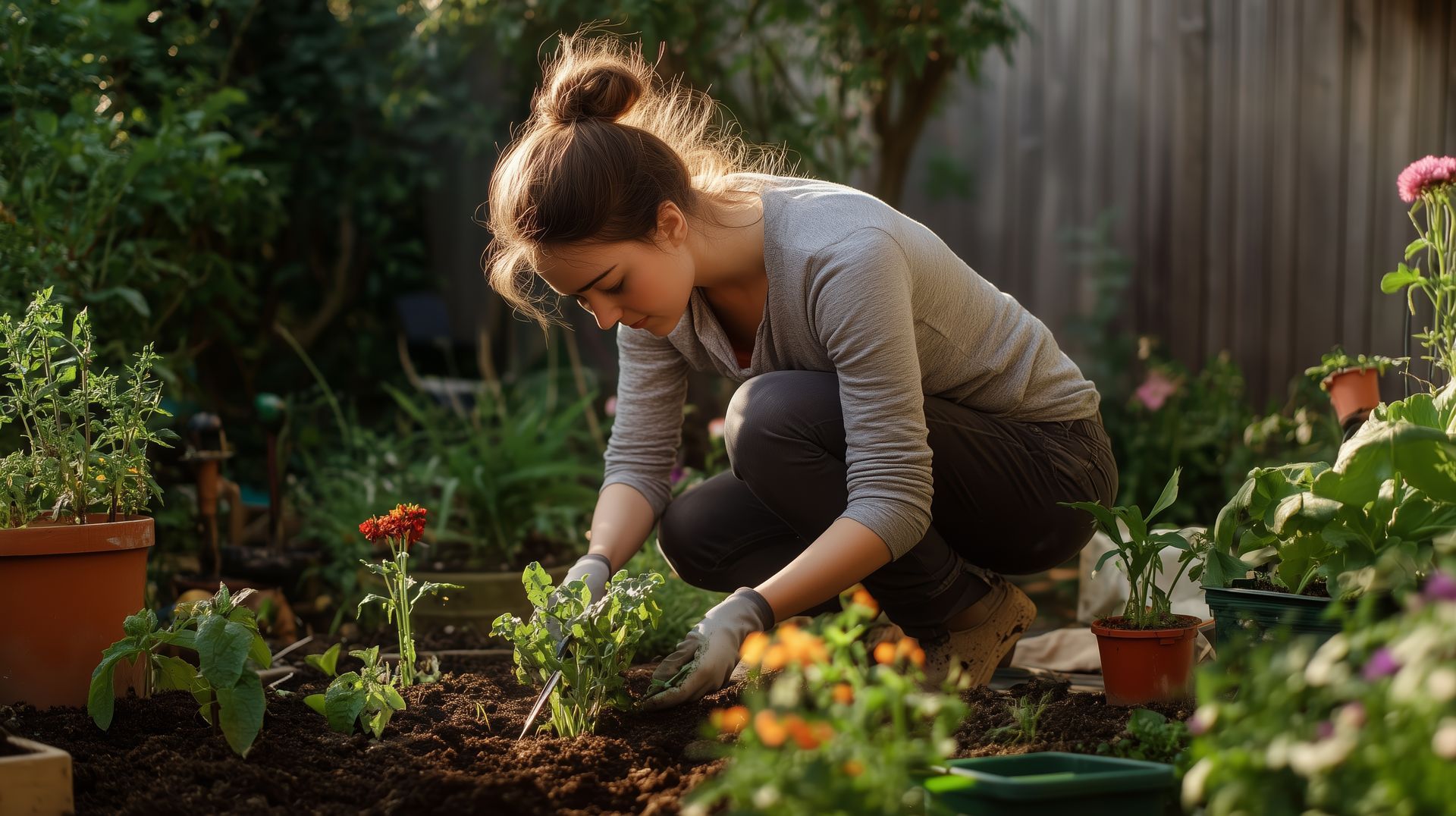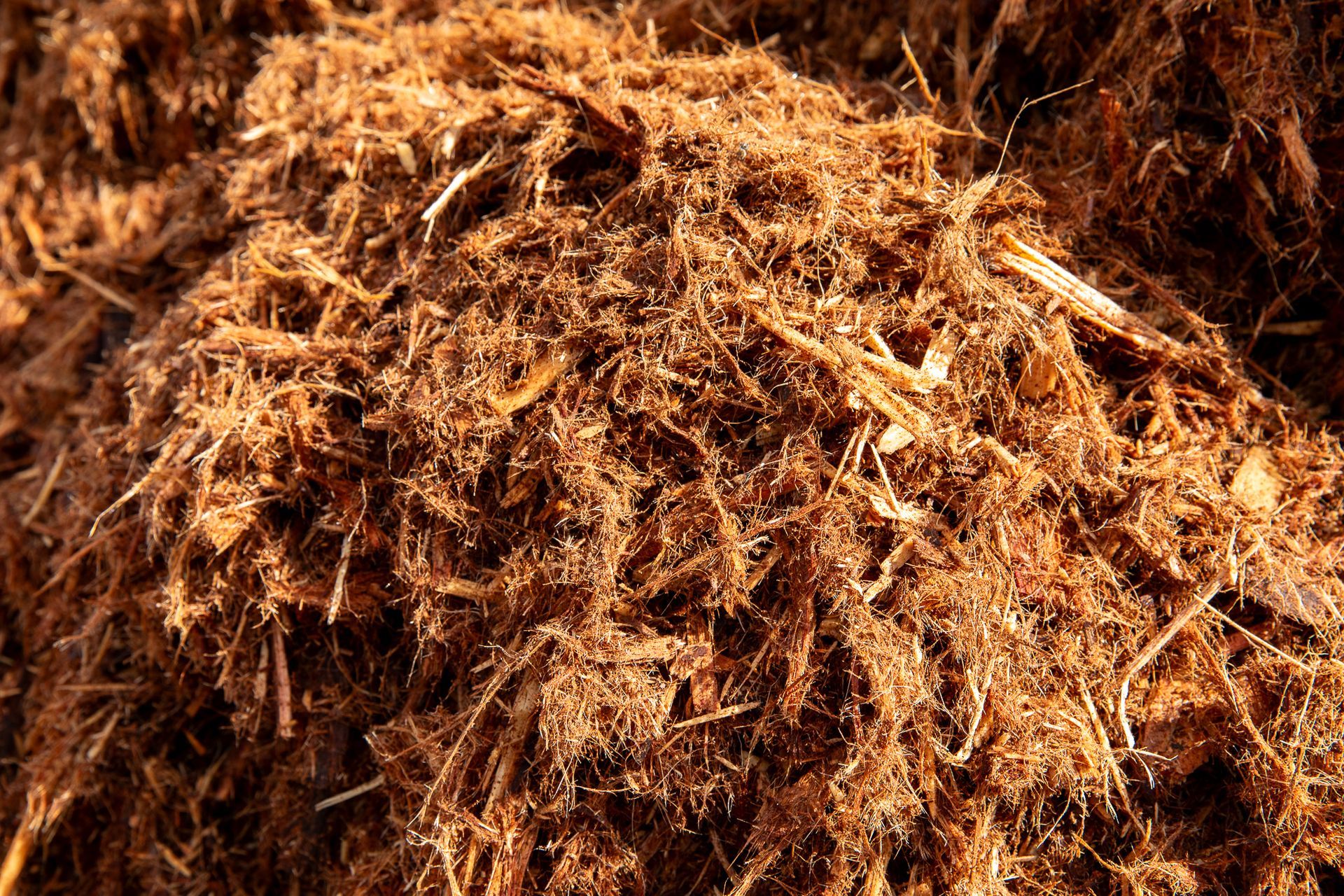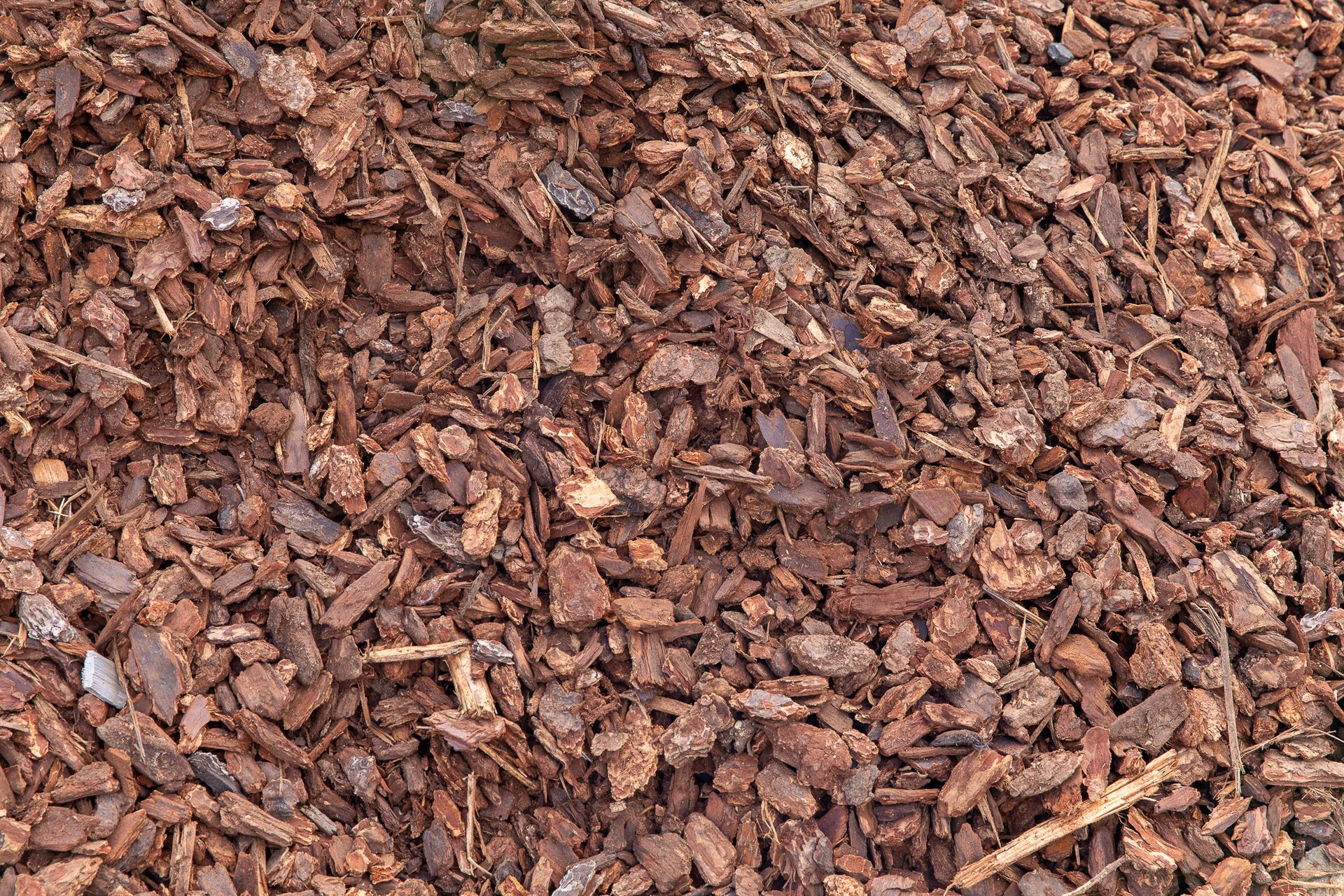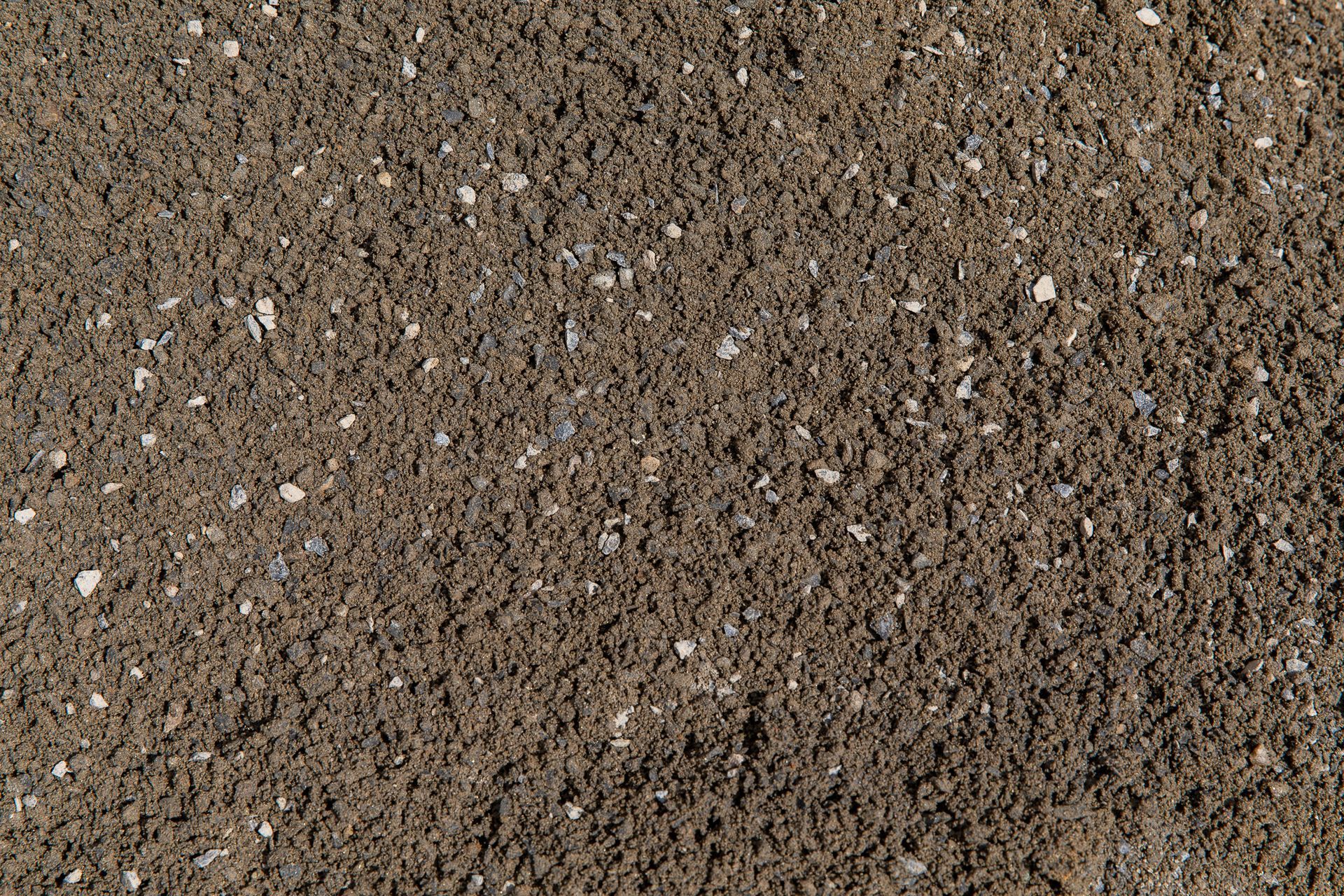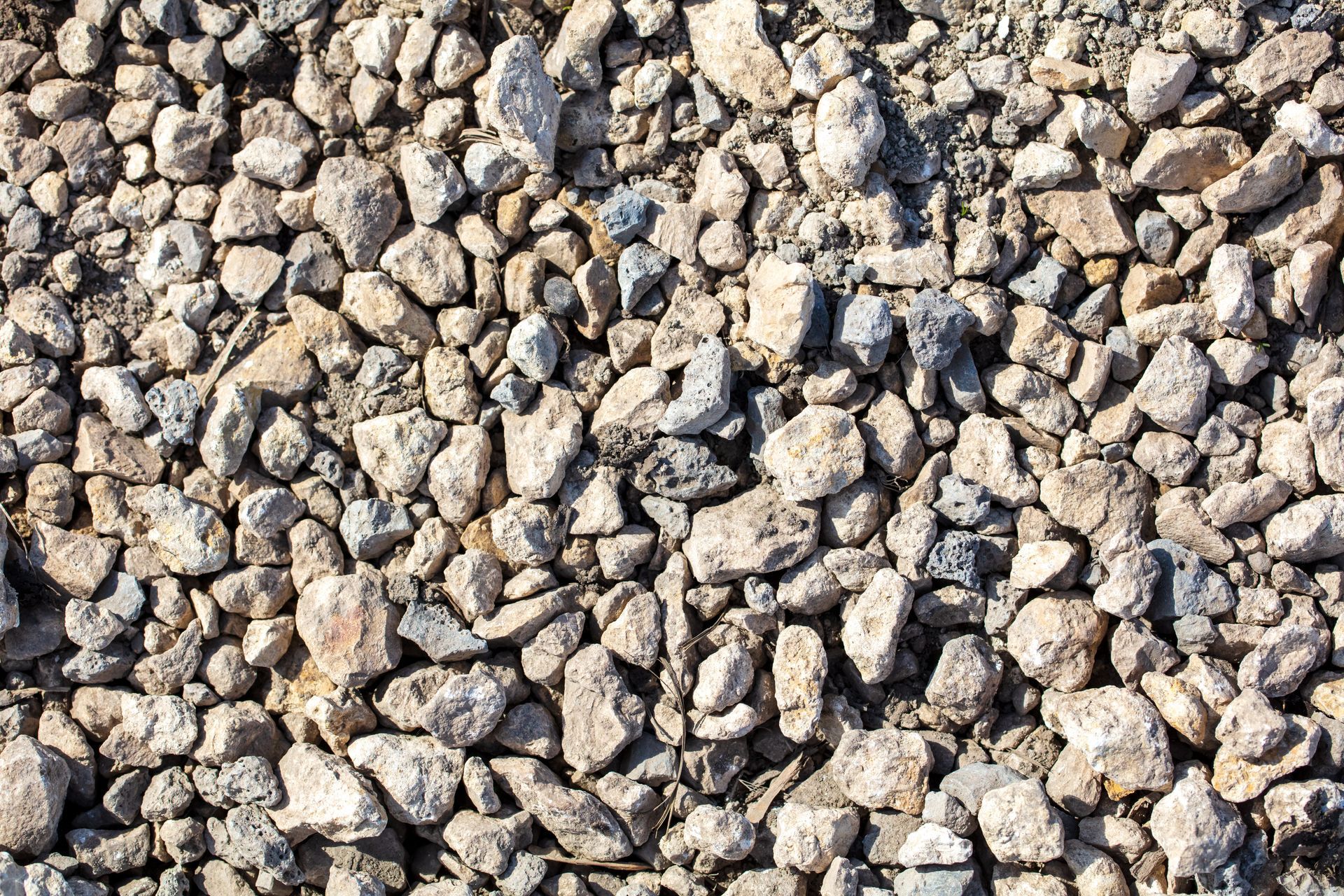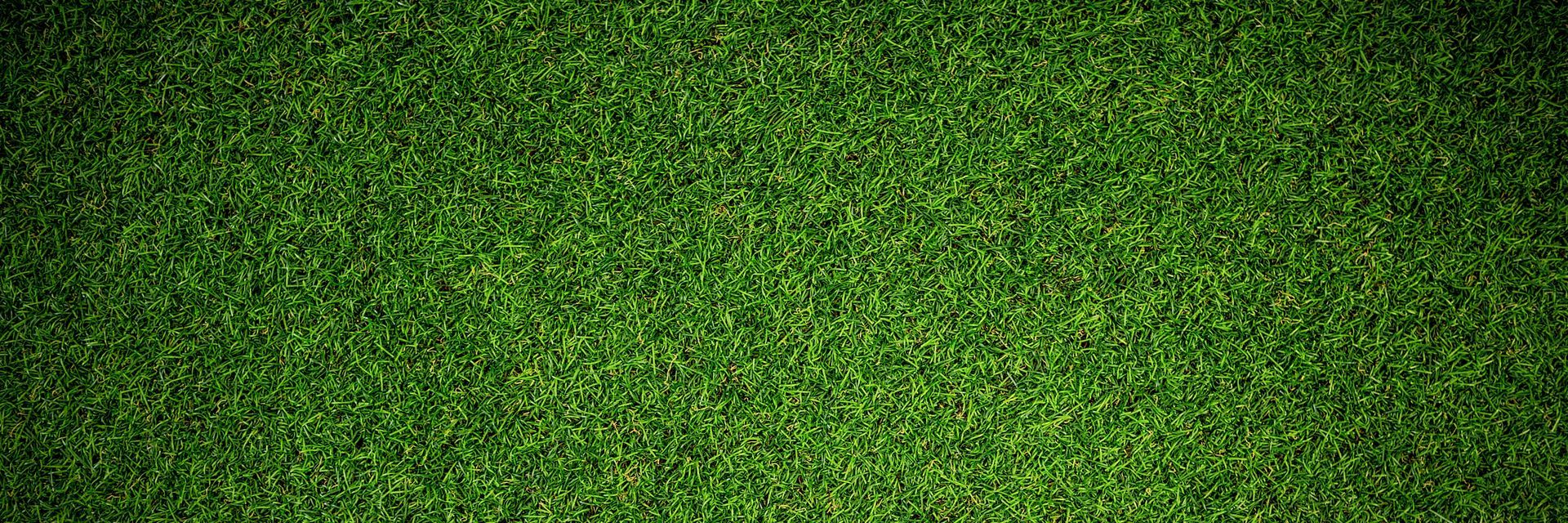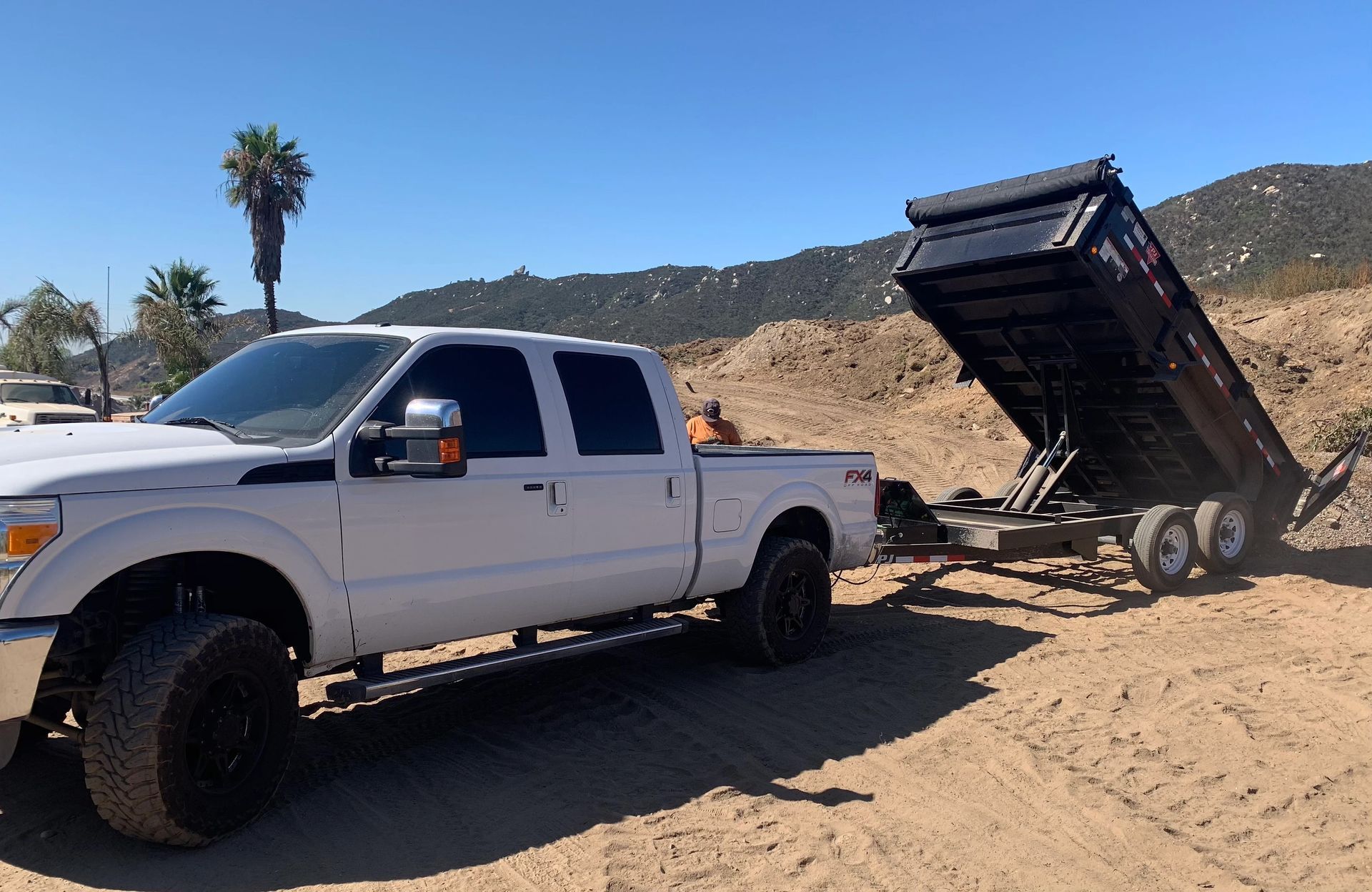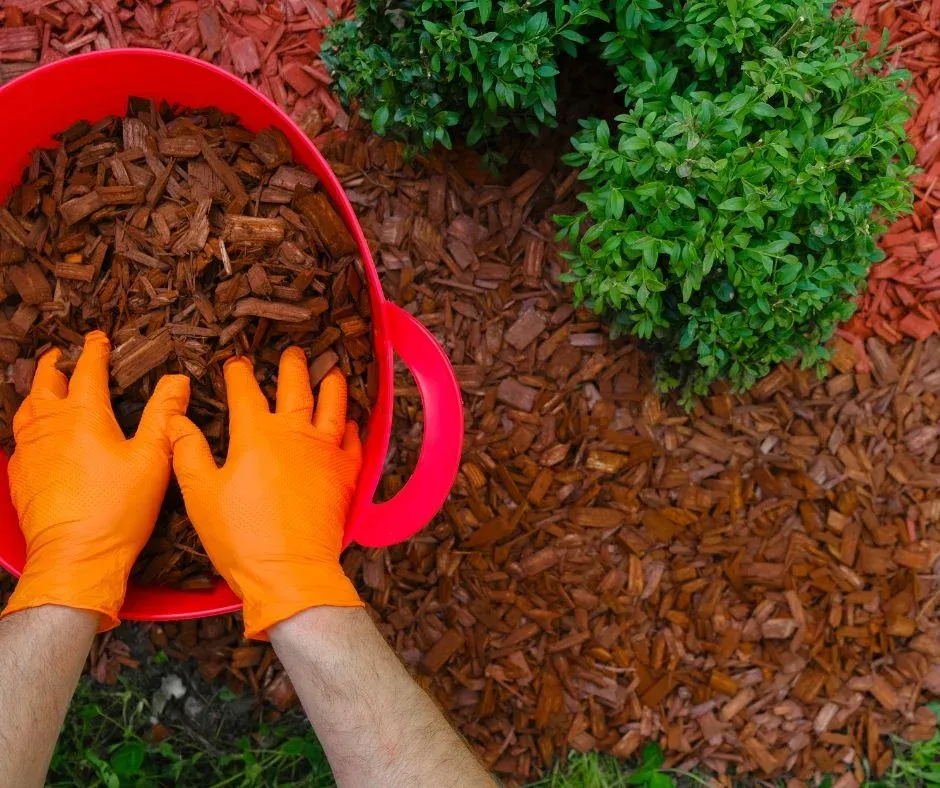Landscape Materials, Soils, Mulch, Play Chip, Roll-off Service
Landscape Materials, Soils, Mulch, Play Chip, Roll-off Service
For your convenience, you can order online now!
Our High Quality Landscape Products in Sunny San Diego
Located in Escondido California for your convenience
Materials delivered in 5 easy steps
Measure your space
Use our cubic yard calculator to determine the quantity of material you need for your project. If you need help with measurements, give us a call!
Select your material
Determine which material will best satisfy your project in terms of functionality and design. If you're unsure- give us a call; we are experts and want you to be 100% satisfied with your purchase.
Order online or call us
You are able to securely order materials anytime through our online ordering portal or you can call us during business hours.
Select your delivery date
Choose the best delivery time for you through our online ordering portal or we will set one up on the phone.
Make payment
Securely pay online or provide payment information via phone.
Take a look at the services we offer
Our extensive range of services, primarily utilizing our fleet of 10 roll off trucks alongside one dedicated dump truck, seamlessly complements our diverse array of high-quality products. Whether it's delivering bulk materials directly to your site or providing precise placement of mulch and soil, our roll off trucks function interchangeably as dump trucks, ensuring a streamlined and efficient experience for all your landscaping and construction needs. Additionally, our roll off bins (also used as dumpsters) are available to accommodate projects of any size or goal.
Welcome to North County Supply
At North County Supply, our goal is to provide quality products for all of our customers. We’re a locally-minded company who cares about our customers having a great experience. Whether we’re delivering to you or you visit our location, we want you to enjoy our selection of top quality products, knowledgeable staff and fair pricing. Our customers range from Nurseries, School Districts, Cities, Counties, HOA’s, Artificial Turf / Synthetic Grass installation companies, Municipalities, Professional Landscapers and everyone in between.
We prioritize our clients
"I have used North County Supply for the last 6 months, they are always on time with delivery and pick up of the dumpster. They are supper easy to communicate with and Sam is always available to help. Their prices beat the big trash companies as well. These guys do an amazing job."
Gale N.
We're active on our blog


